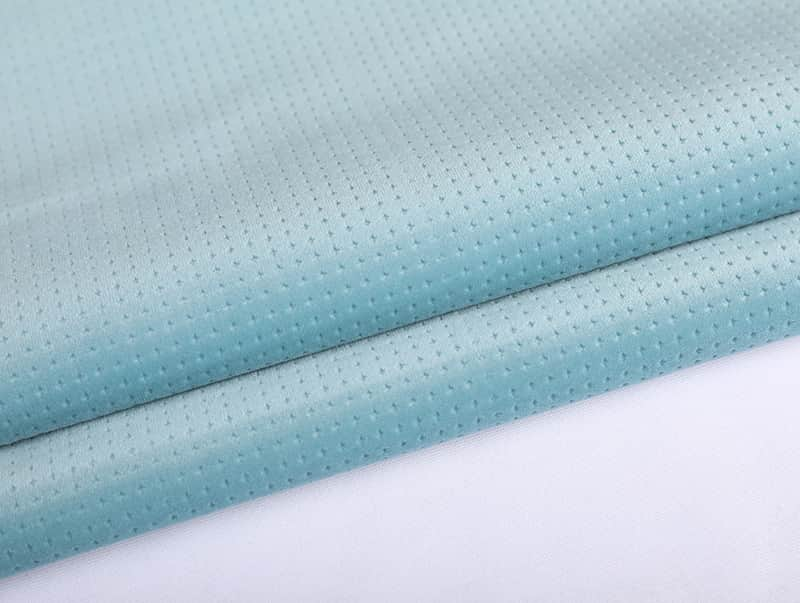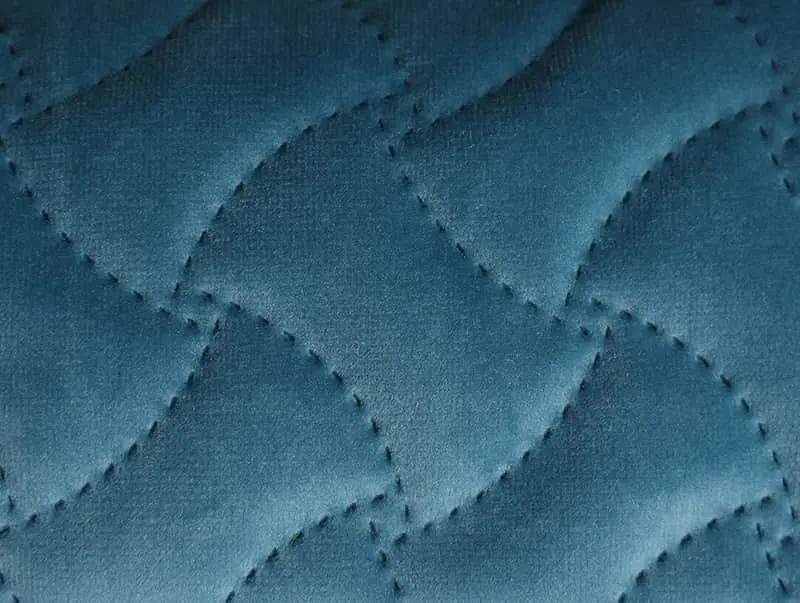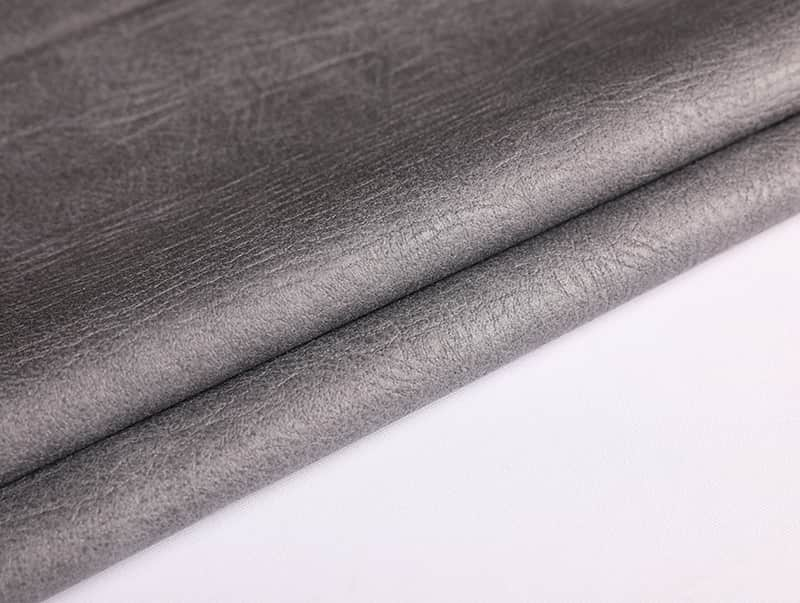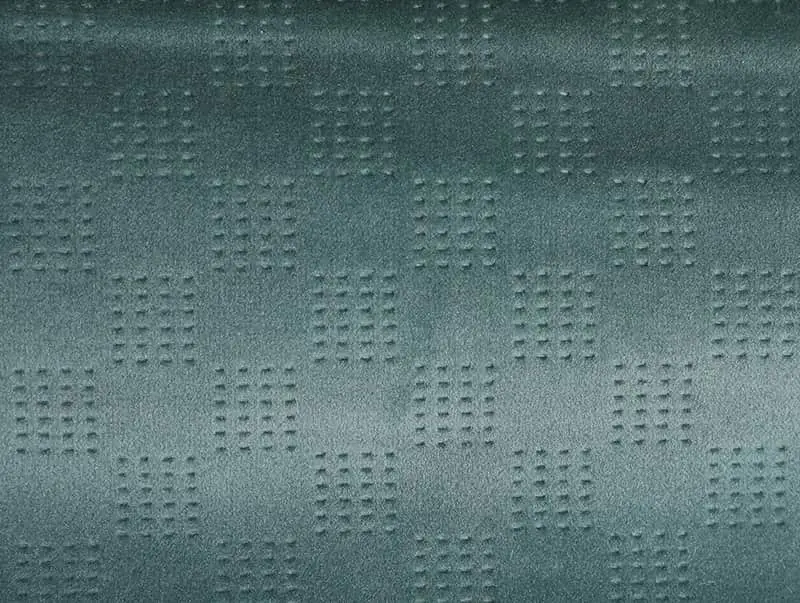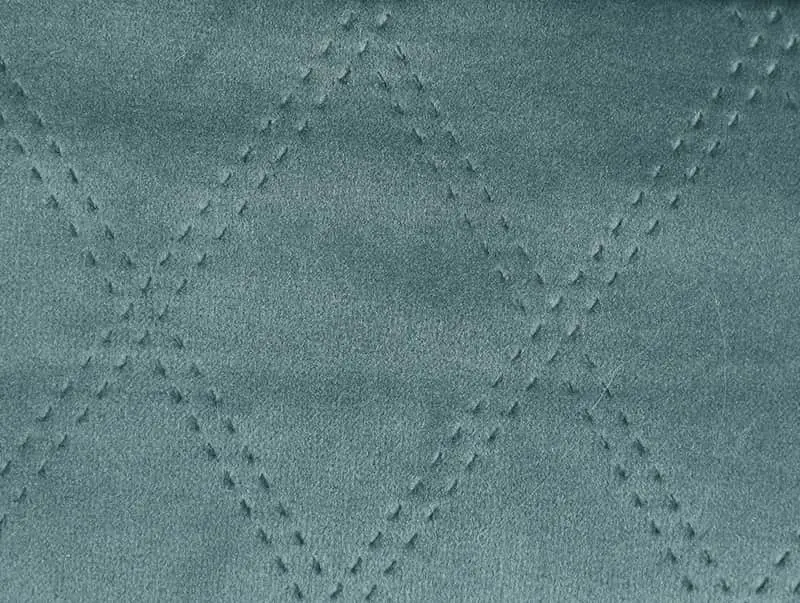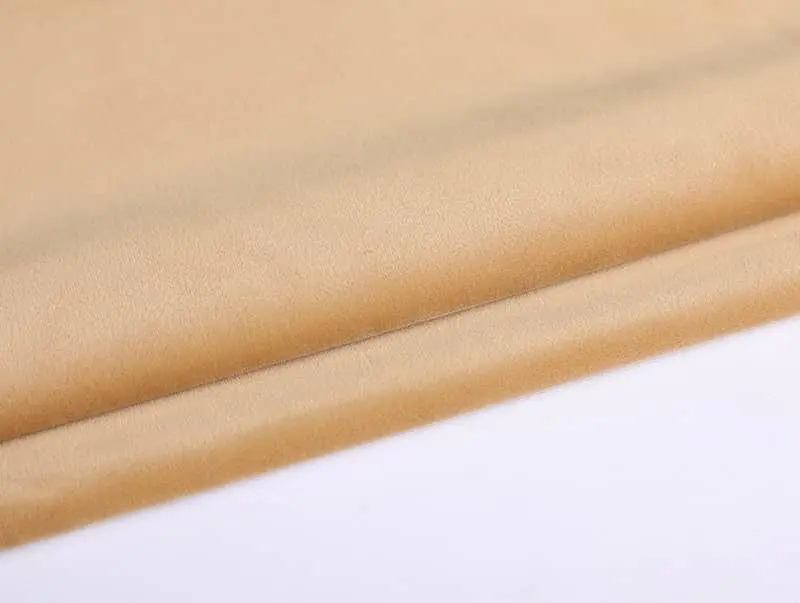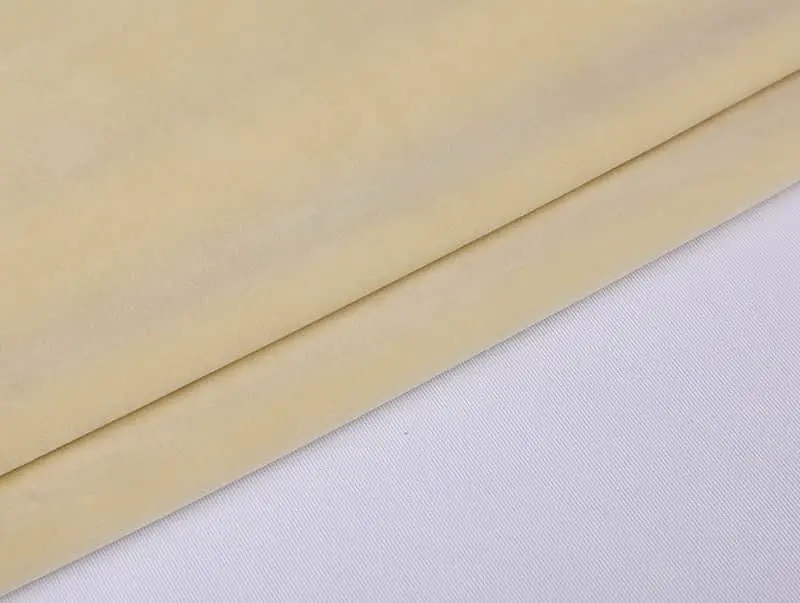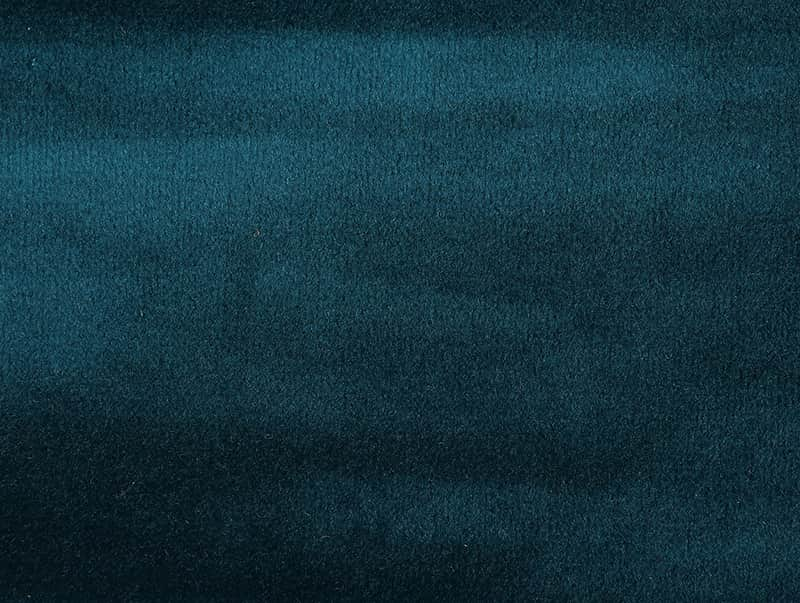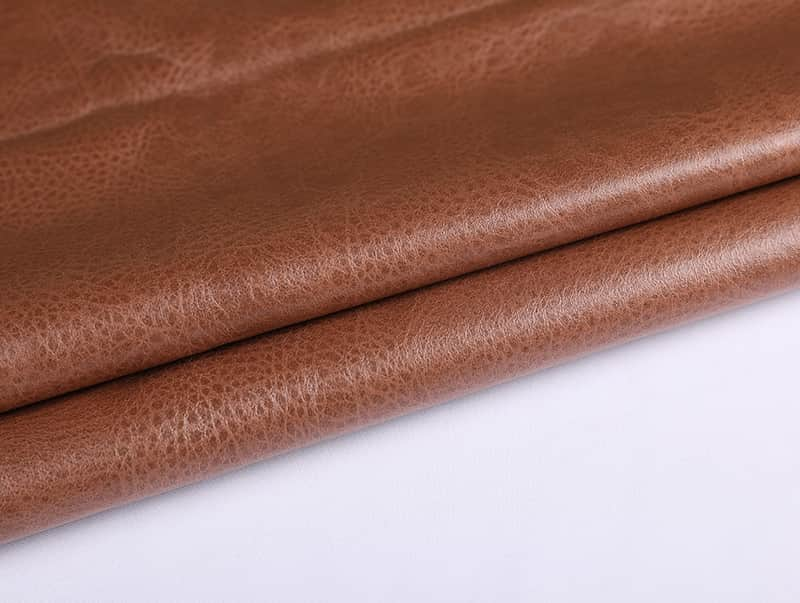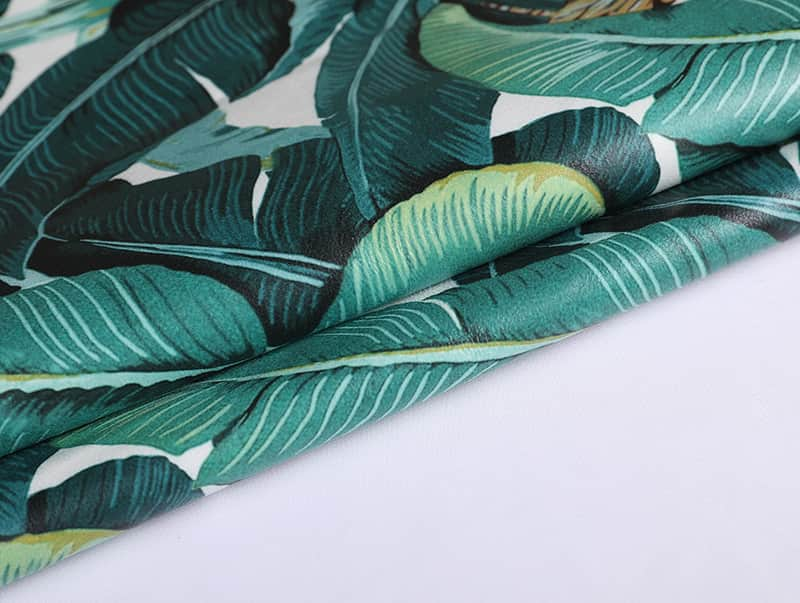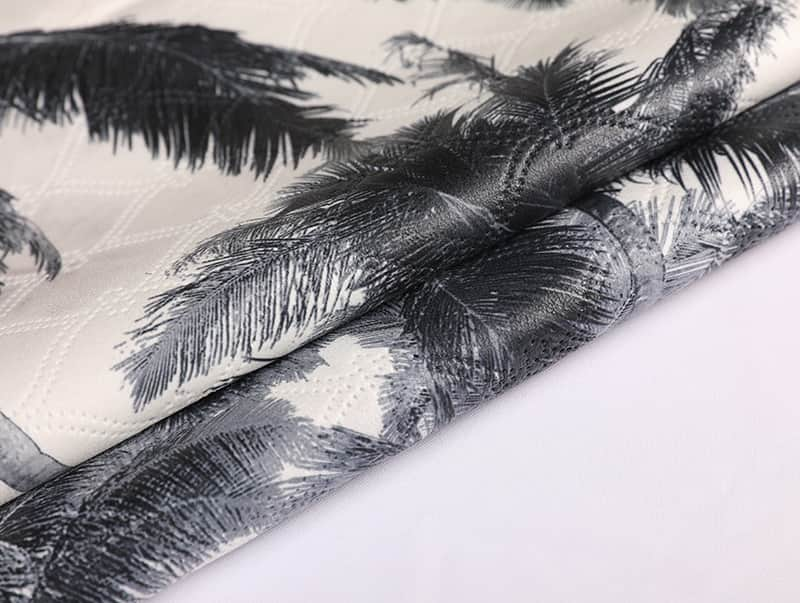In the realm of interior design, few materials evoke a sense of opulence and sophistication quite like velvet upholstery fabric . Once reserved for royal courts and aristocratic salons, velvet has made a remarkable comeback in modern home decor — especially in sofa design. Today’s velvet fabrics are not only visually stunning but also engineered to withstand the demands of everyday use, blending timeless elegance with contemporary performance.
The Evolution of Velvet Fabric
Velvet is a type of woven tufted textile, known for its short, evenly distributed pile that creates a soft and smooth surface. Historically made from silk, early velvets were expensive and often associated with wealth and status. Over time, advances in textile technology have enabled the production of velvet from cotton, polyester, rayon, viscose, and even blends incorporating nylon and spandex.
Today’s velvet upholstery fabrics are designed specifically for durability and resilience, making them suitable for high-traffic furniture such as sofas, sectionals, and accent chairs without compromising on aesthetics.
Characteristics of Modern Sofa Velvet Upholstery Fabric
Modern velvet upholstery fabrics possess several key attributes that make them ideal for use on sofas:
Softness and Texture : Velvet offers a uniquely tactile experience — plush, smooth, and warm to the touch. Its fine pile gives it a rich, lustrous appearance that enhances any room’s visual appeal.
Light Reflectivity : Due to its directional pile, velvet reflects light differently depending on the angle of view, creating subtle variations in color and depth that add dimension to furniture.
Color Depth and Richness : Velvet holds dyes exceptionally well, allowing for deep, saturated hues that range from jewel tones to muted earth tones, catering to both traditional and contemporary interiors.
Weight and Density : Upholstery-grade velvets are heavier and more tightly woven than fashion or drapery velvets, ensuring they can endure repeated use and resist fraying or pilling.
Durability Enhancements : Many modern velvet fabrics feature protective finishes or are made with synthetic fibers that improve resistance to stains, fading, and abrasion.
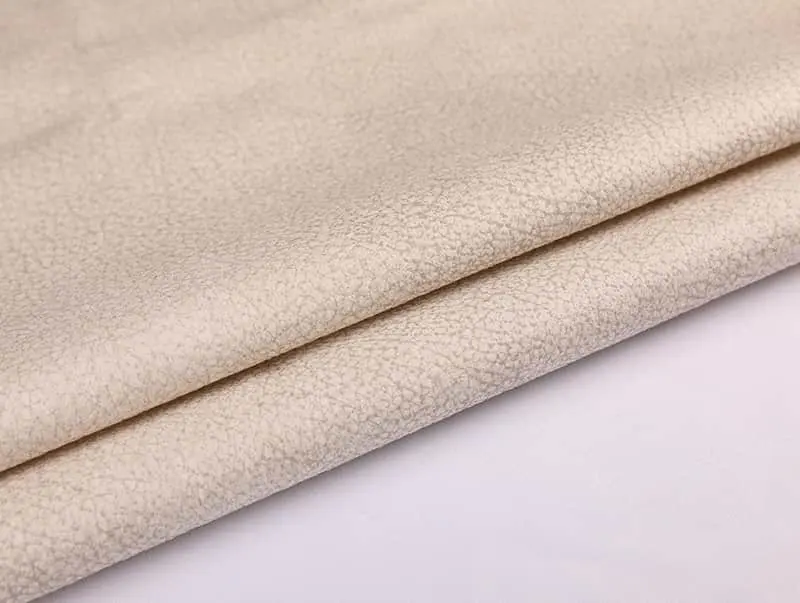
Why Velvet Works Well for Sofas
Despite its delicate reputation, velvet can be an excellent choice for sofa upholstery when selected wisely:
Aesthetic Versatility : Whether used in bold jewel tones for a dramatic focal point or in neutral shades for a minimalist look, velvet adds texture and richness to any space.
Seasonal Adaptability : Unlike leather, which can feel cold in winter, velvet retains warmth and comfort year-round, making it ideal for lounging.
Noiseless Surface : Velvet doesn’t produce the squeaky sounds associated with some synthetic leathers or vinyls, contributing to a quieter living environment.
Design Statement : Velvet sofas are often seen as a signature piece — a blend of retro glamour and modern chic that sets the tone for the entire room.
Considerations When Choosing Velvet Upholstery
While velvet brings undeniable beauty to a space, there are important factors to consider before selecting it for your sofa:
1. Pile Direction Matters
Because of its nap, velvet can show wear patterns or "shading" where the pile flattens over time. This effect can be minimized by choosing a crushed velvet finish or opting for darker colors that hide marks better.
2. Cleaning and Maintenance
Velvet requires gentle cleaning methods. Vacuuming with a soft brush attachment is recommended, while spills should be addressed immediately with a clean cloth and mild detergent. Always check the manufacturer’s care instructions before attempting spot cleaning.
3. Pet and Child-Friendly Options
For homes with pets or children, look for performance velvet fabrics — those made with durable fibers like polyester or nylon and treated with stain-resistant coatings (e.g., Scotchgard™).
4. Sunlight Sensitivity
Natural fiber velvets may fade if exposed to direct sunlight over long periods. Synthetic blends tend to be more UV-resistant, making them better suited for bright rooms.
5. Fabric Grade
Not all velvet is created equal. Upholstery-grade velvet is tested for abrasion resistance , colorfastness , and tensile strength to ensure it meets industry standards (such as Martindale or Wyzenbeek tests). Always verify the fabric’s suitability for heavy-duty use.
